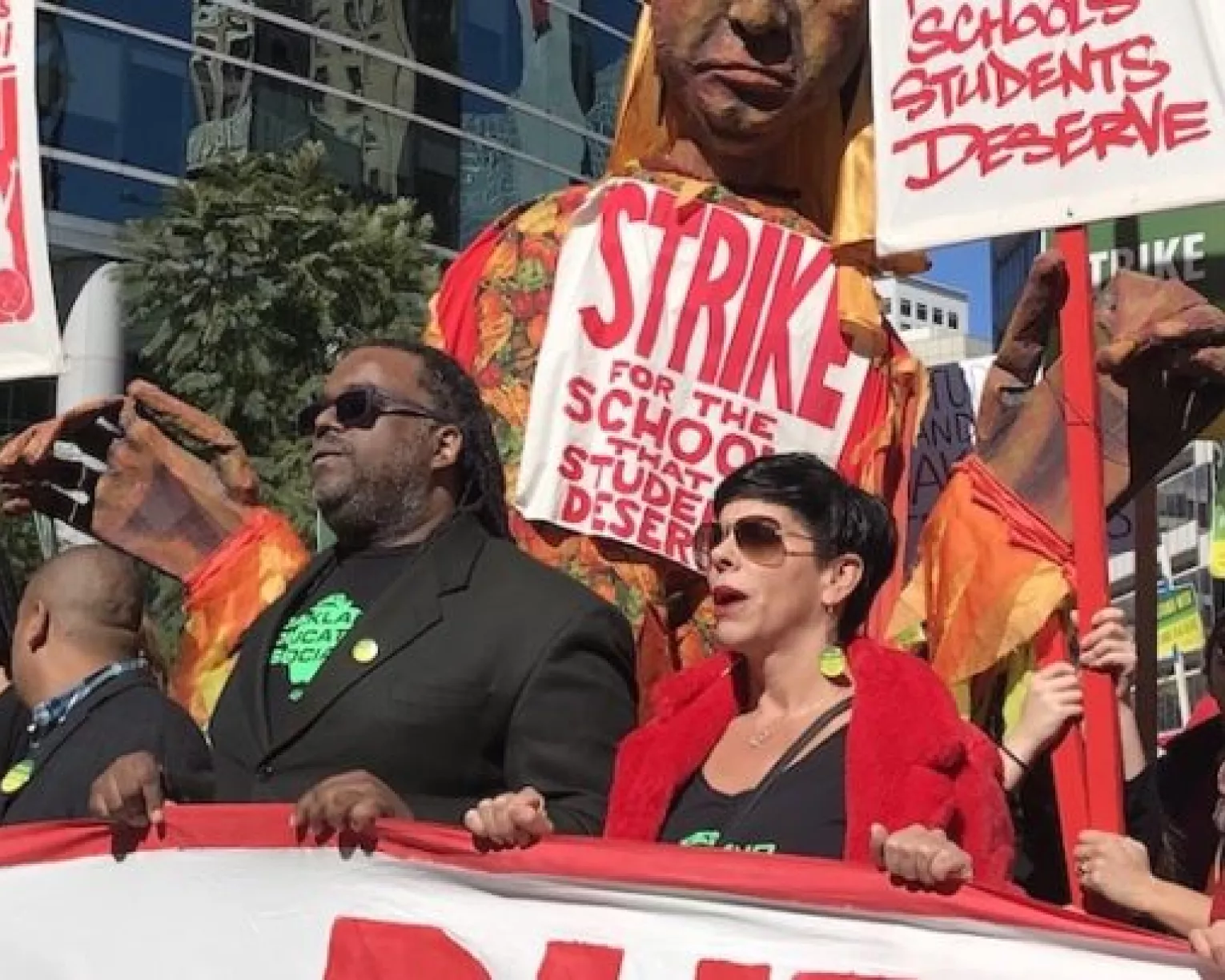On March 27, the $2-trillion Coronavirus Aid, Relief and Economic Security (CARES) Act was signed into law. The bill is a good start and, while not perfect, does address many needs of our students, educators, and schools. It is intended to help stabilize workers, families, and the economy during the COVID-19 public health crisis and is the third relief package Congress has passed during the coronavirus pandemic. NEA is also advocating for additional stimulus funds in a fourth package.
WHAT KIND OF HELP DOES THE CARES ACT PROVIDE?
For working individuals and families, the law provides one-time payments that vary with family size. Technically, these payments are tax rebates, so they will be processed and distributed by the Internal Revenue Service (IRS).
WILL I GET A REBATE?
Those eligible to receive rebates include single taxpayers earning up to $75,000, heads of households earning up to $112,500, and joint filers earning up to $150,000. Rebates will be gradually phased out for people earning more, and some will get nothing—either because they earn too much or don’t have a valid Social Security number.
WHO MAKES TOO MUCH TO GET A REBATE?
Single taxpayers earning more than $99,999, heads of households earning more than $112,500, and joint filers earning more than $198,000 will NOT get rebates. You can calculate your benefit here.
HOW BIG ARE THE REBATES?
Single filers get $1,200 and joint filers $2,400, plus $500 for each child under age 17. Here are some examples:
- A single mother earning $60,000 with 3 children ages 9, 13, and 17 would get $2,200 ($1,200 plus $500 for the 9-year-old, $500 for the 13-year-old, and nothing for the 17-year-old).
- A married couple, filing jointly, earning $140,000 with 3 children ages 5, 10, and 15 would get $3,900 ($1,200 for each adult, plus $500 for each child).
- A married couple, filing jointly, earning $200,000 with 4 children would get nothing because their income exceeds the $198,000 ceiling.
HOW IS "EARNING" DEFINED?
“Earning” is defined as the adjusted gross income (AGI) on your annual federal tax return (line 37 on form 1040, line 21 on form 1040A). The 2019 return will be used if it’s been filed; if not, the 2018 return will be used.
People who do not file tax returns can receive rebates if they have a valid Social Security number—for themselves and any qualifying children.
WHAT DO I NEED TO DO?
If you filed a tax return for 2018 or 2019, you don’t need to do anything—the money will be automatically deposited in the bank account listed on your return or a check will be sent to you by mail.
Payments will also be automatically generated for some people who don’t file tax returns—for example, people receiving Social Security or railroad retirement benefits. Others may need to take action to get their money—for example, filing an abbreviated tax return.
IN SOME STATES, WORKING EDUCATORS DON'T PARTICIPATE IN SOCIAL SECURITY. MOREOVER, THE SOCIAL SECURITY BENEFITS OF SOME RETIRED EDUCATORS ARE REDUCED—OR ELIMINATED ENTIRELY—BY THE GOVERNMENT PENSION OFFSET (GPO) OR WINDFALL ELIMINATION PROVISION (WEP). ARE THESE EDUCATORS ELIGIBLE FOR THE REBATE?
If you’re a working educator, you’re eligible for the rebate even if your state or district doesn’t participate in Social Security.
Some retired educators subject to the GPO or WEP are not required to file tax returns because their income is so low. If you’re in this situation, you’re eligible for the rebate too. And you should get it automatically, the IRS says.
DO COLLEGE STUDENTS WHO HAVE JOBS, BUT ARE CLAIMED BY THEIR PARENTS AS DEPENDENTS, GET A STIMULUS CHECK?
No. Only those college students who work and file their own individual tax returns qualify.
WHEN WILL I GET THE MONEY?
The law requires the IRS to conduct a public awareness campaign, which should include telling people who don’t file tax returns how to apply for rebates.
The IRS says it will begin distributing rebates before the end of April.
For more information, contact Sylvia Johnson, federal lobbyist, NEA Government Relations, at [email protected].
Learn More
Are you an affiliate?






